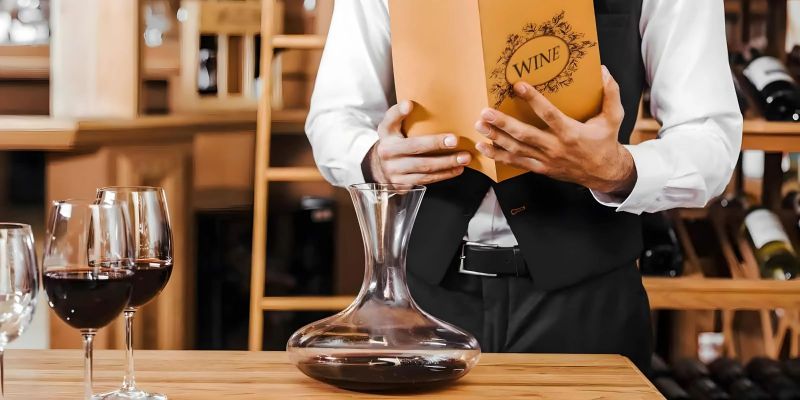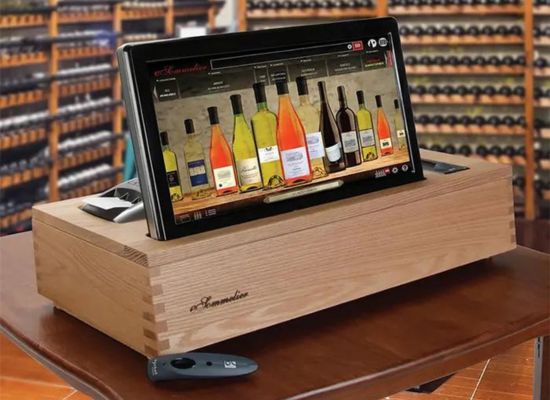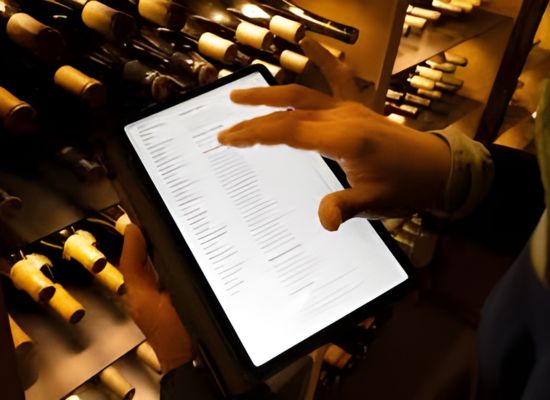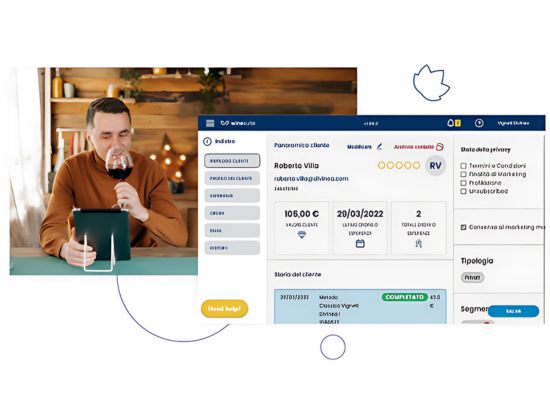Educating Sommeliers Worldwide.
By Beverage Trade Network

The wine industry, marked by its blend of tradition and innovation, faces constant challenges in balancing cost control with maintaining high quality. Wine programs, whether in restaurants, retail, or wineries, are under increasing pressure to maximize profitability amidst rising costs and competitive markets. Successfully managing a wine program necessitates a subtle approach that preserves the integrity of the product while implementing strategic cost-saving measures. This article delves into various strategies that can help wine programs achieve this delicate balance, ensuring financial health without compromising on the quality that consumers expect.
Effective inventory management is a cornerstone of cost control in any wine program. By maintaining a precise inventory system, businesses can minimize waste and overstocking, both of which tie up capital unnecessarily. Implementing a just-in-time inventory system can help ensure that wine is ordered and received as needed, reducing storage costs and the risk of spoilage. Utilizing inventory management software can provide real-time data on stock levels, sales patterns, and reorder points, enabling better decision-making. Regularly conducting inventory audits is also crucial. These audits help identify discrepancies between recorded and actual stock, allowing businesses to address issues such as theft, breakage, or administrative errors. Moreover, understanding sales trends and consumer preferences through these audits can guide more accurate forecasting and ordering, aligning stock levels with demand and reducing the risk of over-purchasing.

Source: Awesome Inventions
Building strong relationships with suppliers is another effective strategy for controlling costs. By promoting long-term partnerships, wine programs can negotiate better pricing, payment terms, and delivery schedules. Suppliers may offer discounts for bulk purchases or loyalty programs, which can significantly reduce costs. Additionally, working closely with suppliers can lead to exclusive deals or early access to new releases, providing a competitive edge. It's also beneficial to diversify suppliers to avoid over-reliance on a single source. This approach can mitigate risks associated with supply chain disruptions and create a competitive bidding environment, driving down costs. Regularly reviewing and renegotiating contracts ensures that the terms remain favorable and aligned with the current market conditions.
The design of the wine list itself can substantially impact profitability. A well-curated wine list should balance popular, high-margin wines with premium selections that elevate the overall dining experience. Including a mix of well-known labels and hidden gems can appeal to a broader audience while encouraging higher-margin sales. Strategically pricing the wine list is equally important. A tiered pricing structure allows for a range of price points, catering to different consumer segments. Highlighting wines that offer the best profit margins through staff recommendations or special features on the menu can guide customer choices toward these selections. Additionally, rotating the wine list periodically keeps the selection fresh and can capitalize on seasonal preferences and trends.

Source: The Press Democrat
Well-trained staff are crucial to the success of a wine program. Educated employees can effectively recommend wines that match customers' tastes and budgets, enhancing the dining experience and driving sales. Investing in regular training programs ensures that staff are knowledgeable about the wine list, including the flavor profiles, origins, and appropriate pairings. Incentive programs can further engage staff, motivating them to upsell and increase overall wine sales. For example, offering bonuses or commissions for selling high-margin wines can align staff interests with profitability goals. Additionally, involving staff in the wine selection process can foster a sense of ownership and enthusiasm, which is often communicated to customers, enhancing their experience and encouraging repeat business.
Marketing is essential for driving sales, but it doesn’t have to be expensive. Leveraging digital marketing channels, such as social media and email newsletters, can effectively promote the wine program at a fraction of the cost of traditional advertising. Creating engaging content, such as wine-tasting videos, blog posts, or virtual events, can attract and retain a loyal customer base. Collaborations with influencers or local businesses can also extend the reach of marketing efforts without significant expenditures. Hosting wine-tasting events or pairing dinners in collaboration with local restaurants or chefs can create buzz and draw new customers. Offering loyalty programs or discounts to repeat customers can incentivize continued patronage and increase long-term profitability.
Proper wine storage is essential for maintaining quality and preventing loss. Investing in efficient storage solutions, such as climate-controlled wine cellars or professional-grade wine fridges, can extend the shelf life of wines and protect them from spoilage due to temperature fluctuations or improper humidity levels. Optimizing storage space is also a key consideration. Compact and well-organized storage systems can reduce the physical footprint of inventory, allowing for more efficient use of space and potentially lowering rental or property costs. Additionally, regularly rotating stock ensures that older wines are sold before they deteriorate, reducing waste and maximizing sales of premium inventory.

Source: Wine Suite
Incorporating technology into wine program management can provide significant cost savings and efficiency improvements. Point-of-sale (POS) systems integrated with inventory management software can streamline operations, providing valuable insights into sales trends and inventory turnover. Data analysis can identify which wines are bestsellers and which are underperforming, guiding purchasing decisions and promotional efforts. Utilizing customer relationship management (CRM) systems can enhance personalized marketing efforts. By analyzing customer data, businesses can tailor promotions and recommendations to individual preferences, increasing the likelihood of sales. Technology can also facilitate online sales and delivery services, expanding the customer base and providing additional revenue streams.
[[relatedPurchasesItems-55]]
Maximizing profitability in a wine program while maintaining quality is a multifaceted challenge that requires strategic planning and continuous improvement. Through effective inventory management, strong supplier relationships, thoughtful wine list design, and staff training, businesses can control costs without sacrificing the customer experience. Leveraging cost-efficient marketing, efficient storage solutions, and technology integration further enhances operational efficiency and profitability. Adopting sustainable practices can also contribute to cost savings but also align with growing consumer preferences for environmentally responsible businesses. By implementing these cost control strategies, wine programs can thrive in a competitive market, delivering exceptional value to customers and ensuring long-term financial success. Ultimately, the key lies in finding the right balance between cost efficiency and the unwavering commitment to quality that defines a successful wine program.
Header Image Source: Vinography